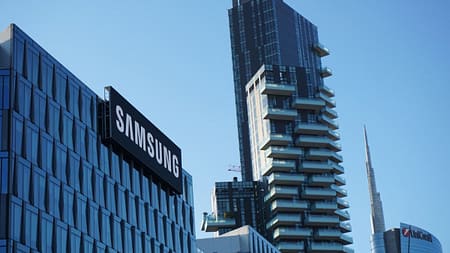New Delhi: Projection Mapping, an innovative, creative advertising and marketing technique—has been gaining popularity in India. It involves projecting images and videos onto buildings, objects and other surfaces to create an immersive experience that captivates audiences and leaves a lasting impression. Here, Avijit Samajdar, Founder of Axis Three Dee Studios, discusses the intricacies of the projection mapping technique.
The use of projection mapping in advertising and marketing campaigns has proven to be an effective way to engage audiences and increase brand awareness. This technique can be used to promote products, services, events and even social causes. Projection mapping can help create a unique and memorable experience for consumers, which can lead to increased brand loyalty and sales.
One of the key benefits of projection mapping is its ability to create a sense of wonder and excitement. Using this technique, brands can create a truly immersive experience that transports consumers to another world. This can be particularly effective when promoting products or services that are difficult to explain or demonstrate through traditional advertising methods.
Another advantage of projection mapping is its versatility. It can be used in different settings, from large-scale events to small pop-up shops. Projection mapping can also be used to create interactive experiences that allow consumers to engage with brands in new and exciting ways.
In India, projection mapping has been used in a variety of advertising and marketing campaigns. Several types of projection mapping techniques are commonly used in advertising and marketing campaigns in India.
Here are a few examples:
2D Projection Mapping: This technique involves projecting images and videos onto a flat surface, such as a wall or a screen. The 2D projection mapping technique is often used to create a dynamic and immersive backdrop for events or to showcase products and services in a unique way.
3D Projection Mapping: This technique involves projecting images and videos onto a three-dimensional object, such as a building or a sculpture. This technique is often used to create a sense of depth and realism, which can be particularly effective when promoting products.
Interactive Projection Mapping: This technique involves using sensors and other interactive elements to allow consumers to engage with the projection in real-time. For example, consumers may be able to control the projection using their smartphones or by moving their bodies in front of the projection.
Augmented Reality Projection Mapping: This technique involves using projection mapping in combination with augmented reality technology to create a truly immersive experience. This can be particularly effective when promoting products or services that are difficult to demonstrate through traditional advertising methods.
Live Video Projection Mapping: This technique involves using live video feeds to create a dynamic and interactive projection. For example, a live feed of a concert or sporting event may be projected onto a building, allowing consumers to feel as if they are part of the action.
Overall, projection mapping is an exciting and novel advertising and marketing practice that has proven to be effective in engaging audiences and increasing brand awareness.










